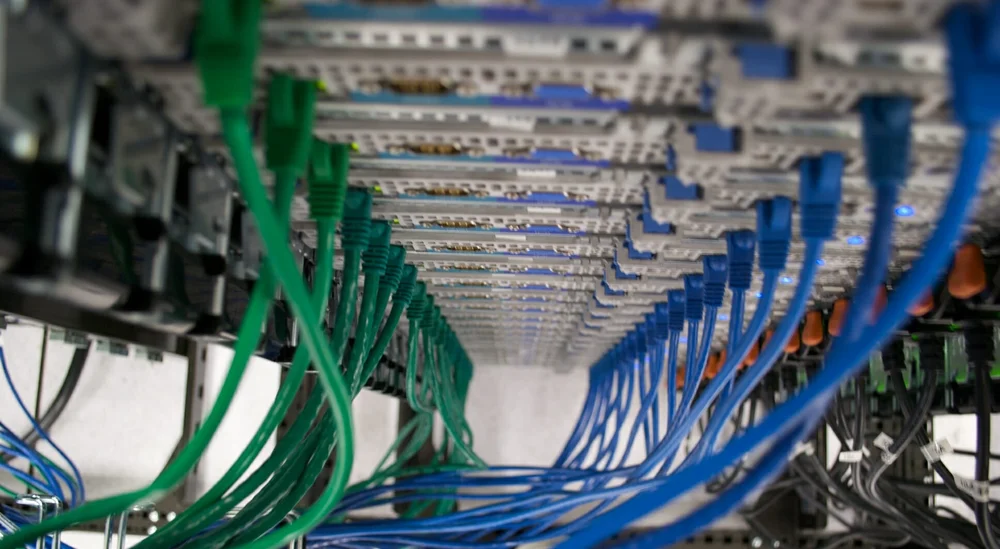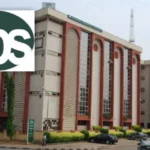Implementing a small server room design layout is all about optimum space usage. Attempts have to be made to fit many pieces of equipment into the small available area. The main goal is to design a cooling and airflow system that can be depended on and increase the durability of the equipment.
How to Plan a Small Server Room Design
To create a proper design layout for a small server room, start with actual and strategic planning. Evaluate your requirements, including the nature and number of equipment, power consumption, cooling system, and some office-size server racks. Plan an environment that can afford good airflow and cable management.
These are backup power solutions and prevent overheating. Moreover, if construction entailing considerable expansion of the farther infrastructure is expected, do so. Think about security measures and access control. Thus, the organization of server room design for small businesses will guarantee an effective and efficient working status.
Airflow Management
Effective airflow management is an essential part of organizing a small office server room design since it requires specific strategies to ensure reliable server cooling and prevent equipment overheating:
- Hot and Cold Aisle System. Cool air blows directly at the front of servers, and hot air blows at the back to prevent a crossover of air currents.
- Airflow Isolation: Hang curtains and/or rigid panels to block airflow from one zone to another and consequently increase circulation.
- Individual Zones of Air conditioning for the Floors and Ceiling. To improve cooling, use floor venting for a cooler air supply and ceiling diffusers for a warm air return.
- Sealed Cold Aisles. Maintain sealed cold aisles with doors to confine cold air circulation and channel the cooling mainly on the office server cabinets.
These measures improve air ventilation, reduce energy consumption, and ensure steady system performance.
Barrier Selection
In the case of the slight office server room cooling, decisions on the barriers for airflow control are inevitable.
- Soft Barriers. Fit the vinyl panels so that the airflow can be regulated depending on the requirements. These panels are highly suitable in server rooms where equipment is often relocated or zone changes are made. To control the cooling more flexibly, use soft barriers to direct the air flow as soon as possible.
- Hard Barriers. Rely on proper polycarbonate panels to enclose some rather tight separated zones where cold air cannot interfere with the hot one and vice versa – they must be in separate zones, permanently sealed. Complex barriers offer a more significant deal of insulation and consistent cooling to keep equipment and are ideal in areas with little fluctuations in equipment positioning.
Select the barrier based on the size of the room and the requirement of equipment mobility. Soft panels should be installed in confined, small, lively zones, while hard barriers should be set up in vast, calm territories.
Manage Cables Effectively
The same is true for cables, which often need to be more adequately planned and managed when designing a small office server room. Messy wires are hard to manage, as one can barely find where the connection is made, and they are easily damaged. To avoid this problem, keep separate cables tied with zip ties or hooked with hook-and-loop straps. Mount cables with the help of vertical or horizontal organizers. Be consistent in labeling cables or color-coding them so you won’t confuse them when there is a problem.
Labeling
Do not confine labeling to the cables. Deliver it to all equipment and technology fitment, particularly to a small server room design. As for the advantages of this approach, the applicant wrote about the savings in terms of IT support for small businesses. One would make it a point to tag the apparatus, its name, how it is set, how it is dismantled, and how to clean it. This helps avoid hitches that may be occasioned by equipment changes or when they are being serviced.
Powering Your Server Room
The power of the system’s supply must be thought over carefully. Make sure that the selected power source will be capable of powering all of your equipment. The following steps are followed: evaluate the attractiveness regarding power requirement and then use power consumption to check the capacities. Verify the volt and ampere rating of your circuits. Subdivide circuits so they are connected to different breaker panels if a specific one becomes fatal. Such an approach helps avoid significant time losses and ensures the practical work of your server room.
We hope the article focused on some critical aspects of the server room design for small businesses helped you to understand better the proper space utilization and efficient cooling and airflow control. As you can see now, adequate zoning and isolation of air flows and appropriate choice of airflow barriers further limit equipment haze and generally low-efficiency power consumption.
Other measures include good cable management, as well as labeling of the equipment to avoid confusion and to ease the work of technicians who will be fixing problems in the future. The proper and carefully designed power supply of all elements of the server room excludes malfunctions and minimizes time losses in making them. As every detail of the server room design is considered, one can amplify or optimize the said servers’ capability and duration and realize a better and more productive operation of a small business’s IT department.

 Join Daily Trust WhatsApp Community For Quick Access To News and Happenings Around You.
Join Daily Trust WhatsApp Community For Quick Access To News and Happenings Around You.


